If you would like to view humankind’s history written in bones, then this is the place to be. I know it doesn’t sound that appealing but a visit to the Cradle of Humankind in South Africa is worth its weight in fossils.
The continent of Africa is now known to be the birthplace of humanity, and this is due to the staggering number of fossilized early human remains found across the continent.
The Cradle of Humankind site in South Africa is one such site, offering a treasure shove of discoveries on our evolution from our ancestors to what we are today.
Let’s get to know more about the Cradle of Humankind site in South Africa and what is needed before planning a visit.
The Cradle Of Humankind, A World Heritage Site.
The cradle of humankind is one of 10 heritage sites found in South Africa and was inscribed onto the World Heritage list in 1999.
The site, which is essentially made up of several separate sites, is where fossils that have been instrumental in the identification of numerous Hominid species have been found. Collectively, these sites have provided a wealth of scientific information on the evolution of modern human beings over the past 3.5 million years.
According to UNESCO, the sites contain a lot of elements other than the hominid remains. These include, fossil remains of invertebrates, micro,-mammals, and large mammals which shed light on the evolution of humans and the behavior of modern humans.
The abundant fossil remains in these sites conclusively prove that the continent of Africa is the undisputed cradle of mankind. All these gave the cradle of humankind sites outstanding universal value, and their inscription onto the world heritage list.
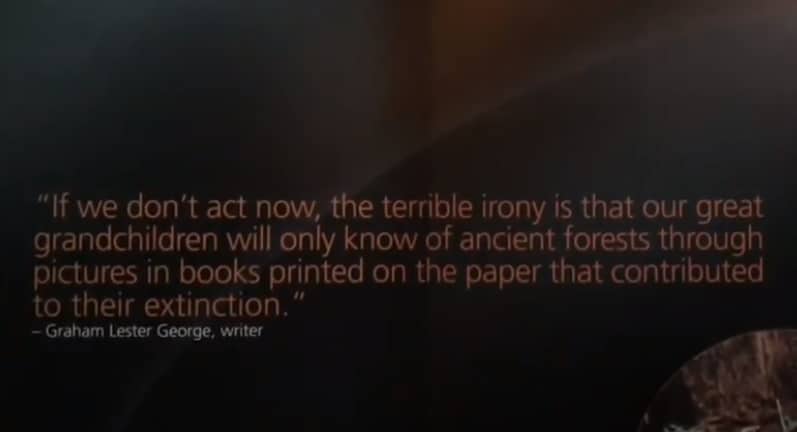
A Small History on the Cradle of Humankind
Before getting to know how the sites came to be found, it’s important to know what factors need to be present for the formation of fossils. This sheds light on why, there aren’t as many fossil sites in the world as there should be.
How fossils come about.
According to experts, less than 1% of all species that have existed have become fossils, so finding fossilized remains is something noteworthy.
To put it into a bit of a perspective, let’s say 320 million people today, their fossil legacy will be about ¼ of a human skeleton. This process is even harder for animals that do not have any skeletal structure, such as invertebrates.
For the formation of a fossil to occur, several steps have to take place in succession with one missed step leading to failure.
Failure is either the remains are not fossilized or they are Fossilized but are not discovered.
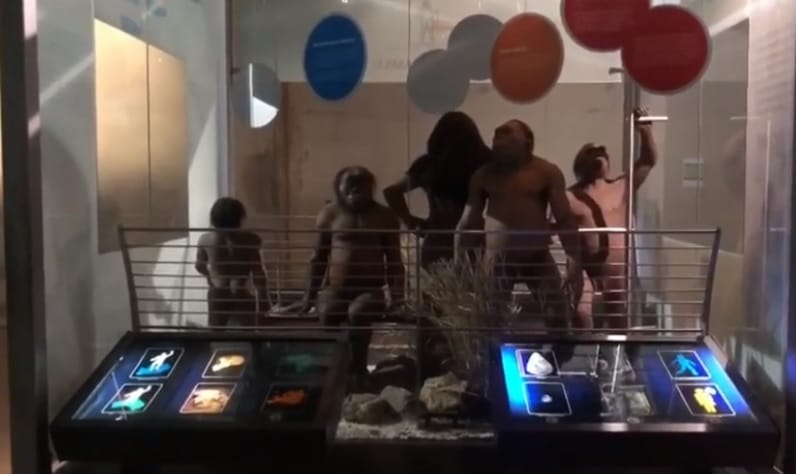
- First of all, the body needs to be buried quickly to maintain it long after death.
- And the body also has to be in the perfect environment; this is in lakes, floodplains, at the bottom of the sea, and in rivers. A place with a lot of sediments that bury the body quickly and in water that is low in oxygen to prevent decomposition.
- The remains also need to be in a mineral-rich environment. These minerals such as iron and calcium slowly seep through the bones replacing them with harder substances such as calcium carbonate. This process is known as permineralisation and can take many years to complete, typically millions of years, or a million or 2.
- The location is important once again, as the area has to be deep enough for the fossil to be buried in sediments but will undergo natural processes.
These natural processes include land uplifting, earthquakes, erosion, or human disturbance such as limestone mining, that will lead to the discovery of the fossil remains.
This puts into perspective just how important fossils are and why the cradle of humankind is even more impressive for the staggering number of Fossilized remains found in the region.
History Of Discoveries.
- The first ape man-like fossils were found at Sterkfontein by Robert Broom in 1935.
- Later on in 1938, a schoolboy found the fragments of a skull near Kroomdraai and brought them to Raymond Dart. These fragments were later characterized as belonging to Paranthropus Robustus.
- In 1948, the first hominid remains were discovered by Robert Broom from the Swartkrans cave.
- In 1954, C.K. Brain began work on caves such as Cooper’s Cave and Swartkrans caves which went on for another 30 years. This study and work by C.K.Brain resulted in the second-largest discovery of hominid remains from the cradle site.
- In 1966, Phillip Tobias started the longest-running fossil excavation in the world, which is still currently ongoing.
- In 1997, the nearly complete skeleton of an Australopithecus dating back to about 2.5 million years ago and given the name, Little Foot was discovered by Ron Clarke at Sterkfontein.
- In 2001, Lee Berger and Steve Churchill found fossils at Plovers.
- In 2008, Lee Berger found the remains of two hominids at the Malapa Fossil Site.
- In 2013, Berger commissioned a study of the cave systems at the Cradle site to help in the discovery of more Hominid fossils. In the same year, he led an expedition team into the Rising Star cave system. In six weeks’ time, the excavation team which was comprised of six women discovered more than 1200 specimens of presently unidentified hominid fossils.
- In 2015, Lee Berger in collaboration with National Geographic, announced the discovery of a new hominid species in the same rising star cave system, which was named Homo Naledi.
Location of The Cradle Of Humankind.
The cradle of humankind is 50 km (31 mi) from Johannesburg in the South African province of Gauteng.
The site is quite large, spanning an area of about 466 km² (180 mi²). The site consists of several different locations spread out, and are all under the world heritage list banner of the fossil hominid sites of Cradle of South Africa. These sites include.
Maropeng.
This is the official visitors center for the cradle of humankind and for most people visiting the heritage site, this and Sterkfontein caves are the two places most people visit.
The Maropeng visitors center resembles an ancient burial mound, and its entrance blends easily with the surroundings.
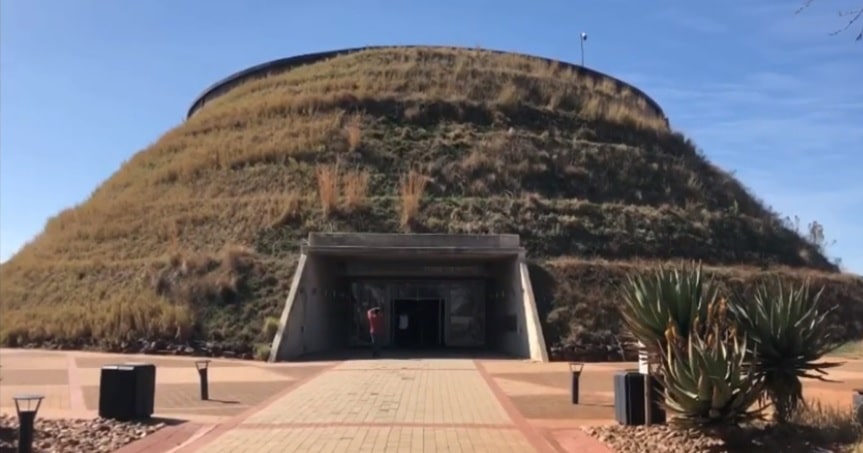
Sterkfontein
This is the most famous of all the caves in the heritage site and is nearest to Maropeng. Sterkfontein has two of the most important hominid fossil remains found, which are “Mrs. Ples” and “Little Foot.” The caves also underwent a recent update to ensure easier access to the caves, and a bird’s eye view of some of the excavation sites.
Swartkrans
The Swartkrans caves are about 32 km (20 mi) from Johannesburg and have also been important due to the discovery of fossils belonging to Homo habilis, Homo ergastus, and Paranthropus.
Kromdraai
The Kromdraai fossil site is East of Sterkfontein and about 45 km ( 28 mi) northwest of Johannesburg. The site has been the source of several hominid species and thousands of animal fossils.
Further areas are:
- Plovers lake
- Bolt’s farm
- Coopers site
- Drimolen
- Motsetse
- Taung
- Makapans valley
- Gondolin
- Haasgat
- Gladysvale
Activities To Do at The Cradle Of Humankind in South Africa.
- Maropeng exhibition.
- Walking Trail at Maropeng
- Stone park
- Hot air ballooning in Magaliesberg.
- A visit to the Lesedi cultural village.
- Taung heritage route.
This is a 45 km (28 mi) long route that starts at the Taung site where the famous 2.5 million-year-old Taung child’s fossil remains were extracted by Buxton Limeworks miners in 1924. The route passes through several natural wonders and is a good way to explore the cradle of humankind site.
- Game drive and Bush walk at the Cradle nature reserve.
- Bothongo Wonder cave
This is the 3rd largest cave in South Africa and is considered to be about 10 million years old. The cave has impressive stalactite and stalagmite formations that are still growing. The cave is found in Kromdraai.
Prices For Admission To Maropeng and Sterkfontein
Tickets for both Maropeng and Sterkfontein can be booked on-site or online and both sites are open from Monday to Sunday, from 0900hrs – 1600hrs.
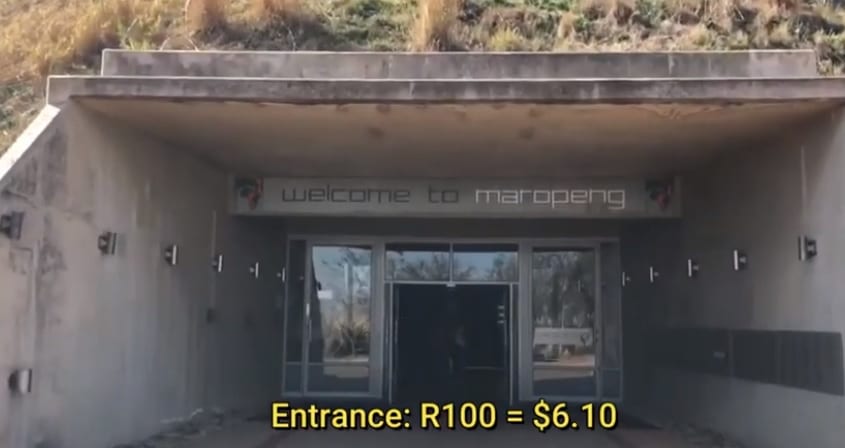
| All visitors over the age of 6 | Children under the age of 6 | |
| Maropeng | R100 | Free |
| Sterkfontein | R100 | Free |
| Combined ticket | R175 | Free |
Flora and Fauna in the area.
The landscape of the cradle of humankind is mainly colonized by rocky highveld grassland. This grassland provides for and houses a variety of animals, some of which are endangered, and is considered a fire climax grassland. This means that fire plays an important role in maintaining the balance of grass and trees.
Cradle Nature Reserve
This nature reserve is a private reserve nestled within the protection of the Cradle of Humankind heritage site. The reserve is about 30 km² ( 11.48 mi²) in size, housing a delightful array of plants and wildlife.
The reserve has close to 200 species of birds that call it home together with large animals such as leopards, wildebeest, rhinos, brown hyenas, and giraffes.
Some of the key bird species to look out for in the area include the African Grey Hornbill, Cinnamon-Breasted bunting, Freckled nightjar, and Verreaux’s eagle.
Want to find the best binoculars for a safari? Check out my blog post here!
Best Time To Visit The Cradle of Humankind?
The cradle of humankind is open throughout the year, but the caves may be temporarily closed in case of heavy rains during the rainy season. Rain occurs during the summer months which are from December to March.
This rain occurs mainly as thunderstorms and can average between 650 and 750 mm (25 and 30 in) yearly. Temperatures usually average 16⁰C (61⁰F), and the area also experiences lightning strikes during thunderstorms.
Things To Note
- For those planning a visit to the cradle of humankind and any caves, then good comfortable shoes, preferably hiking shoes are advised.
- Also in the caves are a lot of tight spots and visitors are usually advised to leave their handbags or bulky luggage.
- Caves can be quite the nightmare experience for those with acute claustrophobia, and may also pose a challenge to those with acute chest problems or asthma.
- For those who have booked tours through the online portal, at either the Maropeng Visitors Centre or Sterkfontein Cave and Exhibition, you need to be there 15 minutes before your time slot. Any late arrivals will result in a forfeiture of the ticket without a refund.
- Also, some sites may fall under the COVID-19 precautions, so carry a mask just in case.
- During the holiday seasons, the sites particularly Maropeng and Sterkfontein can be quite full so use the online booking facility or contact them when you plan to visit.
- Also note that during periods of intense rain, such as during the rainy season, the caves will be temporarily closed to the public for safety reasons.
FAQS on the Cradle of Humankind.
- Where can you eat at the cradle of humankind?
Visitors to the main center at Maropeng or even the Sterkfontein caves are guaranteed a place that will cater to their taste buds. There is a restaurant at the Maropeng hotel, the market place restaurant, Tumulus restaurant (a bit more formal than the others), and a restaurant at the Sterkfontein caves.
- Where was the oldest hominid found in South Africa?
The oldest Hominid specimen found at the cradle of humankind site in South Africa was of an Australopithecus africanus that was dated at between 3.4 and 3.6 million years ago. The first specimen was discovered at Sterkfontein by Dr Robert Broom in 1936.
- What is the other name for the cradle of humankind?
The cradle of humankind in South Africa is also known as the Fossil hominid sites of Sterkfontein, Kromdraai, Swartkrans and environs. But on the word heritage list, the site is listed not as the cradle of humankind but rather the Fossil hominid sites of South Africa.
My Final Conclusion.
I hope that you found all the information that you are looking for about the Cradle Of Humankind in South Africa, but if you have any more questions, please feel free to leave them down below in the comment section, or join me on (one of) my social media channels!
I wish you happy travels!
Kind regards,
Lizzy
I now have a YouTube channel as well!
YouTube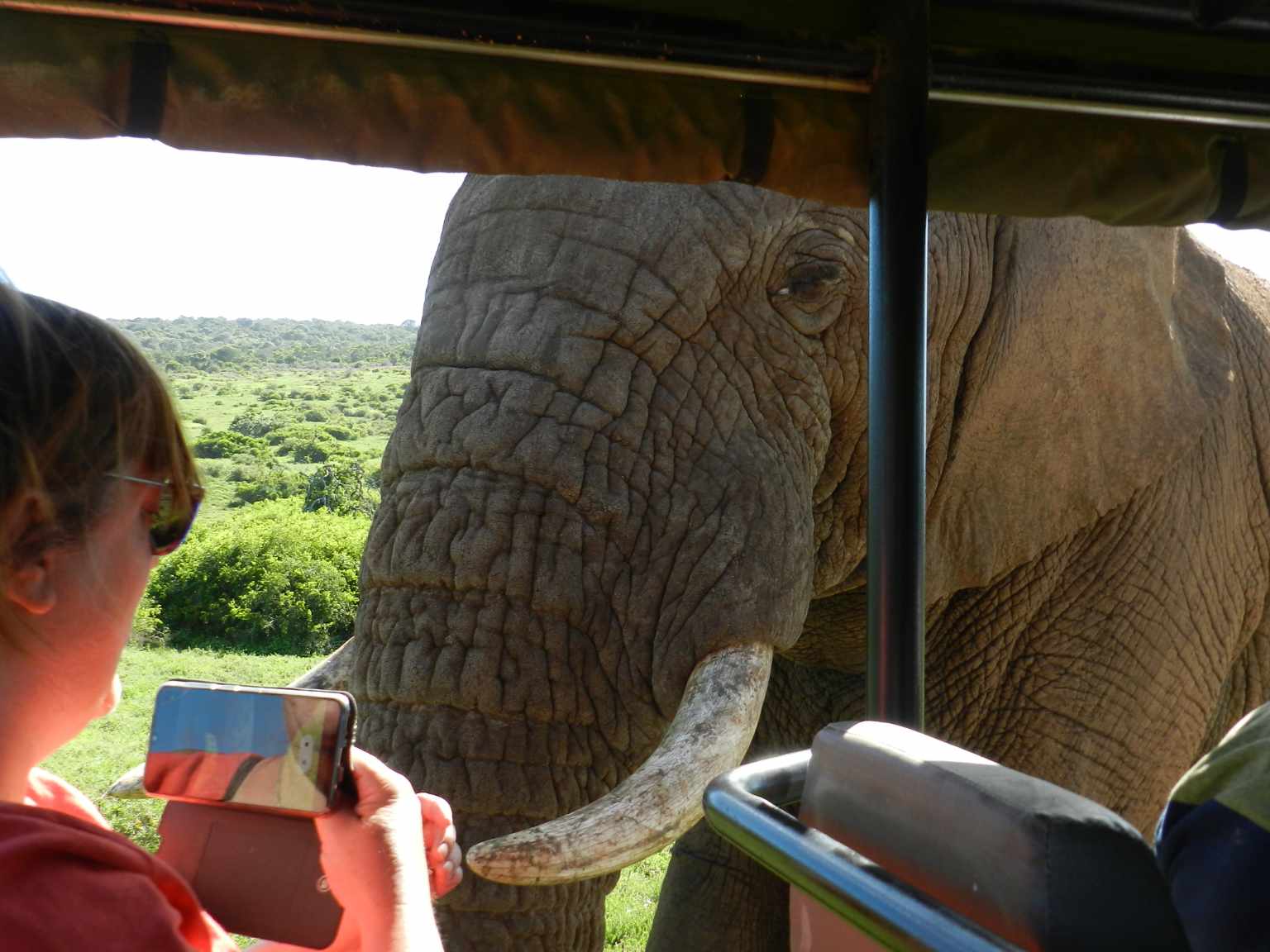
Hello Africa travellers!
Who am I? Well, the least you can say is that I am quite crazy about Africa, its nature, its climate, its culture, and more.
As a young woman in my twenties, I had already traveled to several African countries by traveling along in an overlander on my own and mostly camping ( or glamping ) and just fell in love with the diversity of it all.
So much, so that at the age of 26, I went back to university to study biology, which, unfortunately, I couldn’t finish because of health reasons (yes, I got sick from a tropical disease, oh cynicism). But this did not stop my dream of traveling back to Africa several times, and I still do.
My dream was back then to leave Europe and go study animal behavior, especially the elephants (sure, that’s every girl’s dream haha), but I am also very much intrigued by hyenas and other “ugly African animals“.
So, I “kind of” have a little bit of a scientific approach to my articles, when I write about African birds, for example. And most of all: the passion.
But life goes on, you move from one side of the country to the other, you get sick again and top it off with lower back problems, and before you know it, you are over 50 hahaha!
Now, I still travel to Africa, but take it a bit “easier” than the good old camping days, and stay in comfortable, yet affordable accommodations, together with my husband Wouter.
These are some of the countries I have traveled to: Kenya, Tanzania, Zanzibar, Malawi, Zambia, Zimbabwe, South Africa, Namibia, Botswana, Tunisia, and a little bit of Lesotho LOL .
While clearly not being African territory, but Spanish, I also visited Gran Canaria and Tenerife, and location-wise, I consider them “African”, because of their climate and nature, sue me :-p
The last trip I took was to South Africa in the year 2023, and it sure got the fevers for Africa back! From the Barberton mountains to the Drakensberg and the Southcoast, one month wasn’t enough at all to see the whole country, so we’ll be back! At ease and with a little bit more luxury than in my younger days haha!
I wish you happy travels!
Kind regards
Lizzy

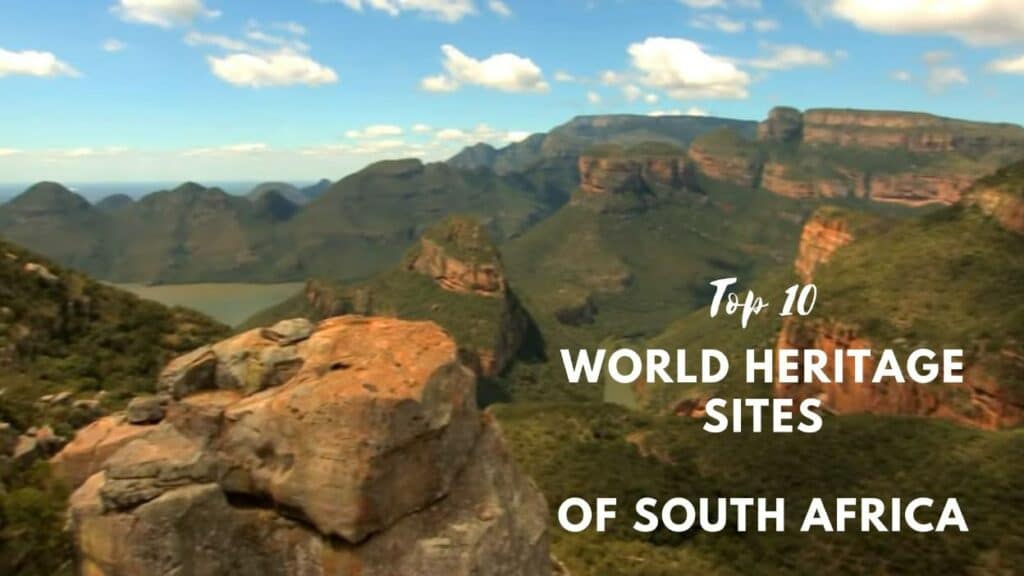
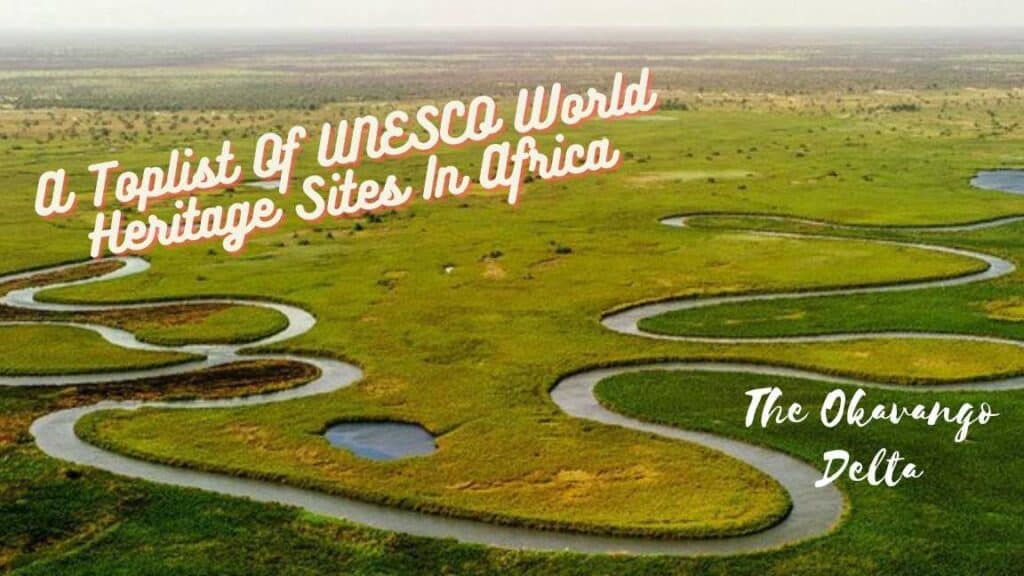
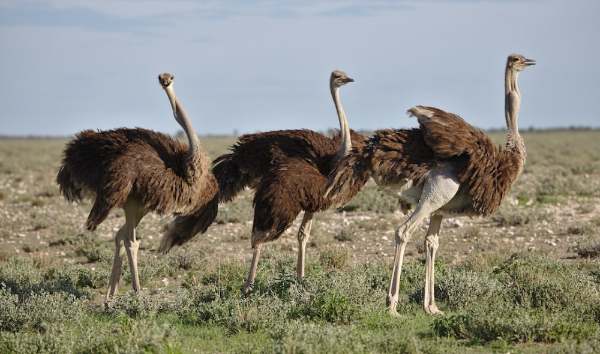
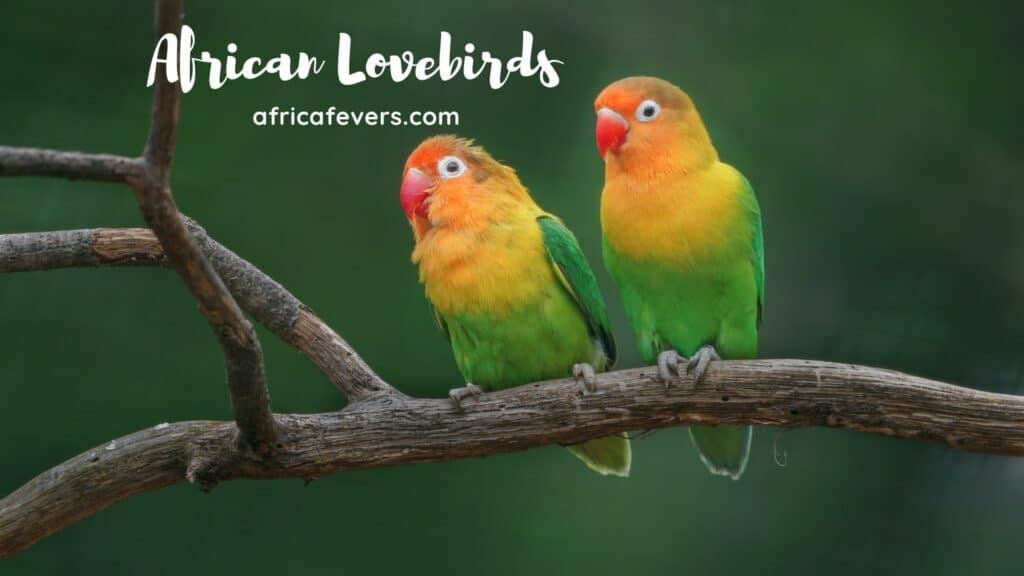
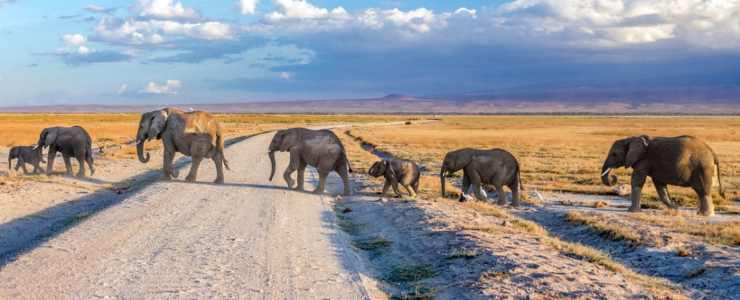
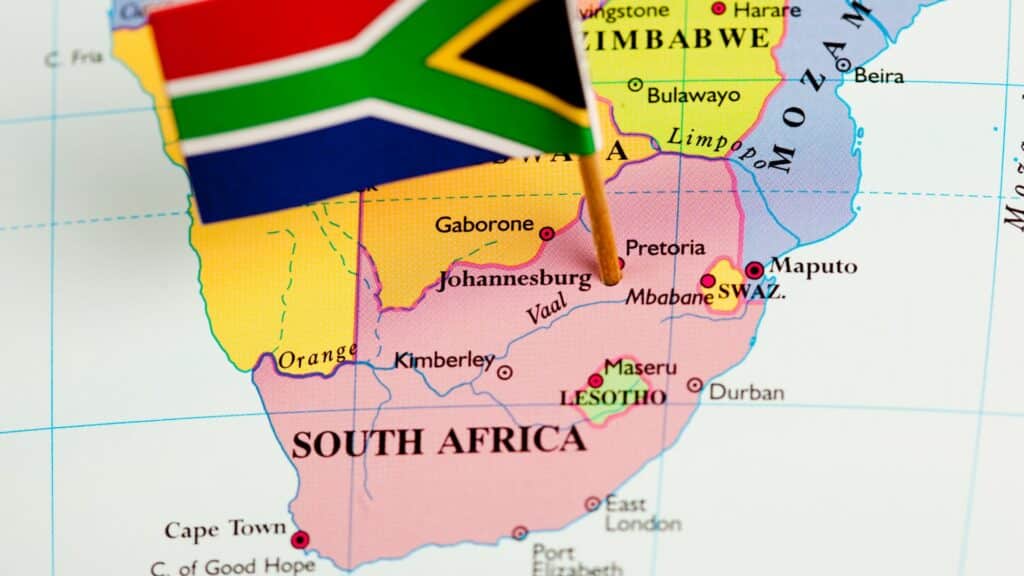
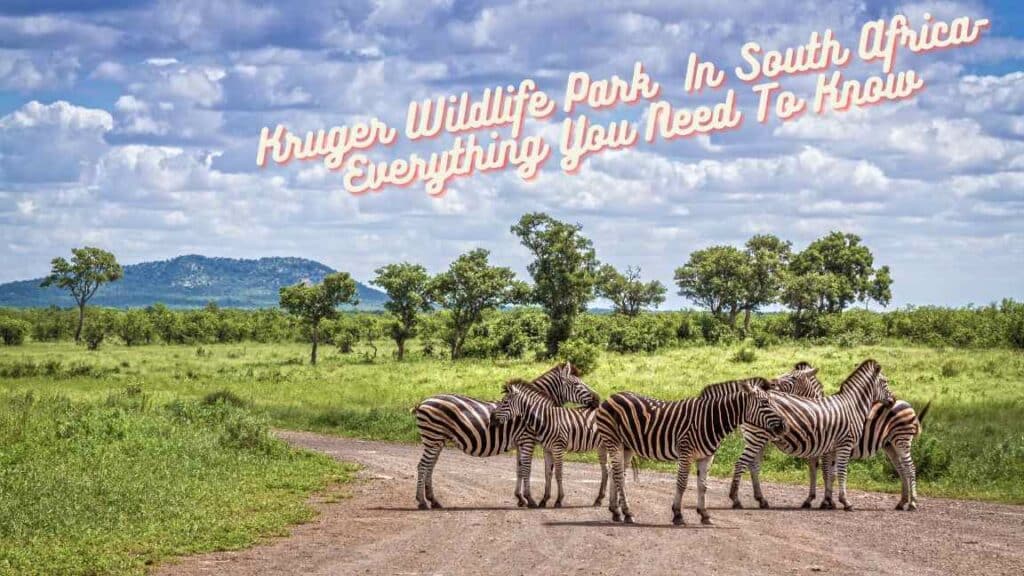
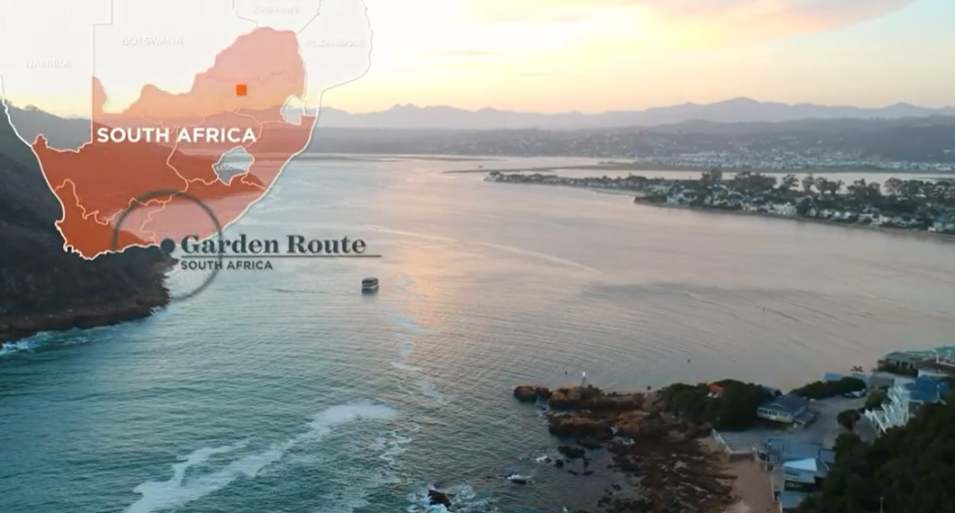
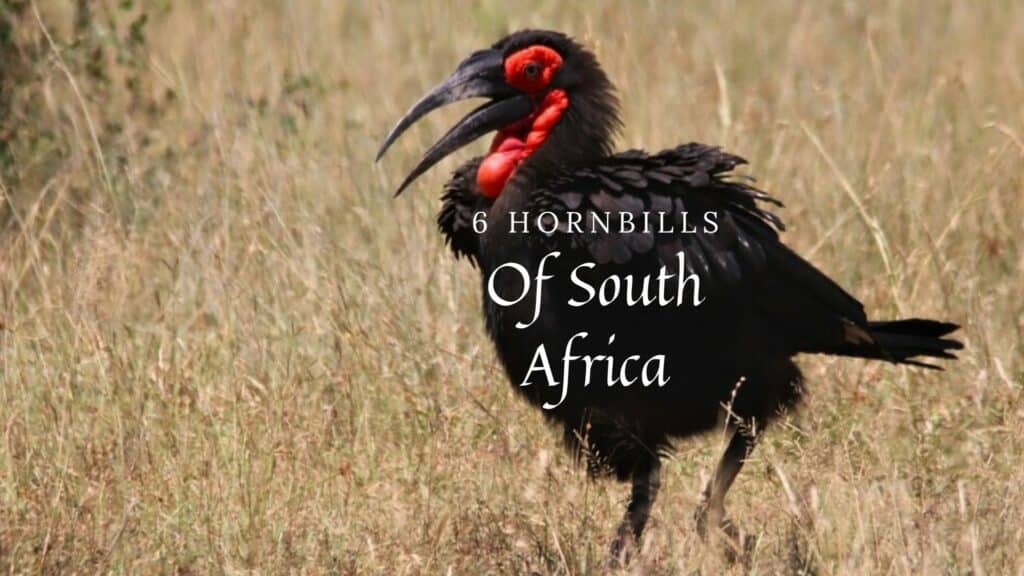
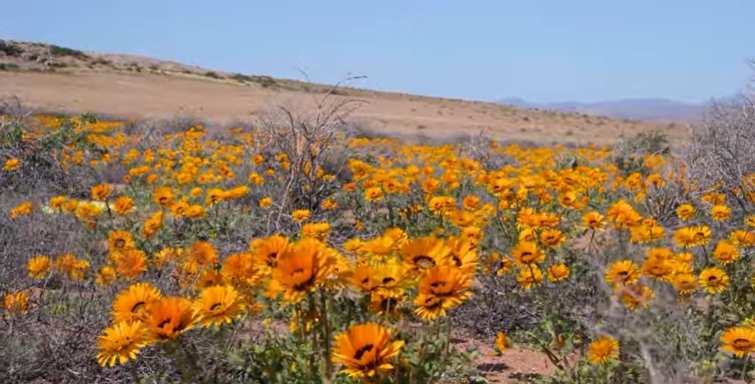
Absolutely captivated by this post on the Cradle of Humankind in South Africa! It’s awe-inspiring to delve into a place that holds such profound historical significance for humanity. The way you’ve described the rich story it unveils is truly captivating. The fact that it’s a World Heritage Site only adds to its allure. This post ignites a deep curiosity to explore our origins and connect with our shared history. And to top it off, the affordability of the ticket at just $6.10 makes this experience even more enticing. Thank you for taking me on this incredible journey!
Hello Matias!
I was very much impressed when visiting the center at Mapenga and I am sure that you will to some day, I hope you can go!
I wish you happy travels!
Lizzy
On the contrary this sounds really interesting! Africa truly is a paradise for those interested in the history of humankind. Thanks for covering all bases including flora and fauna as well as detailing the fossils and admission prices. It is fascinating to realise that fossils only record 1% of what has lived! Great article!
Hi Michelle!
Thank you so much for your wonderful comment and I wish you happy travels!
Kind regards
Lizzy